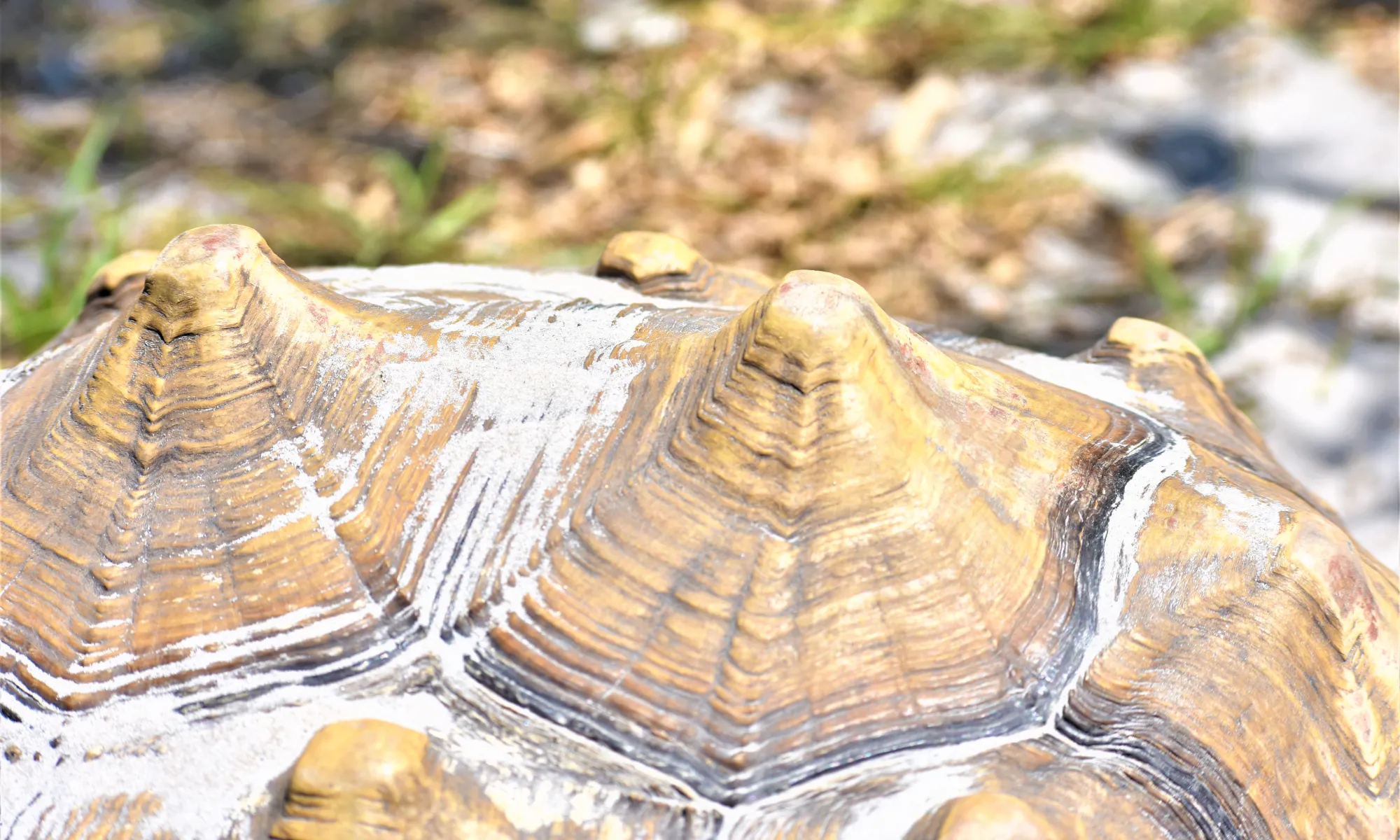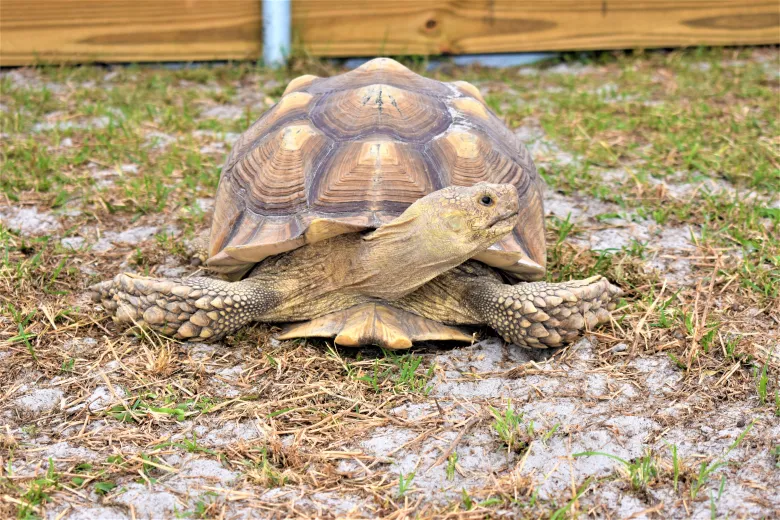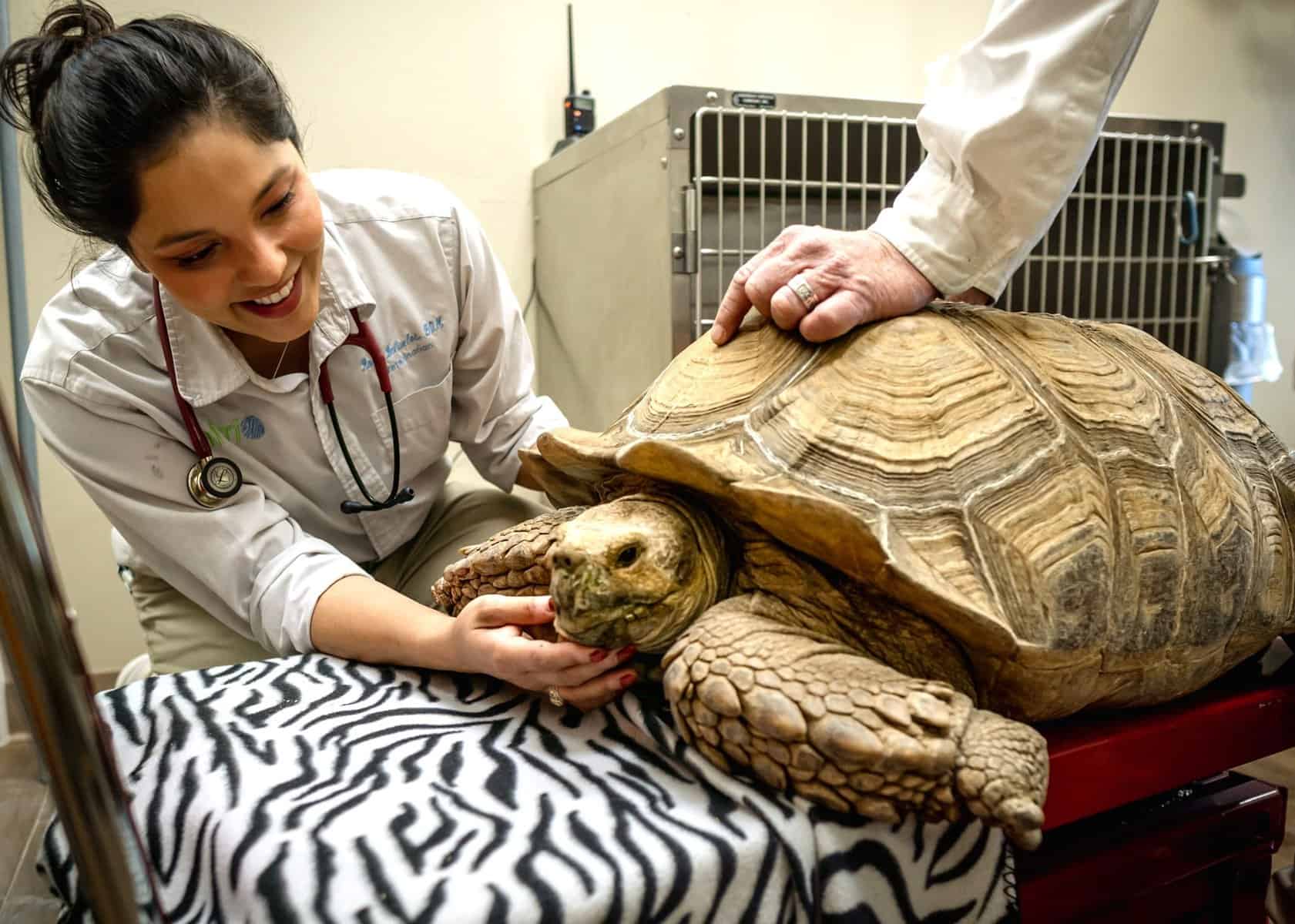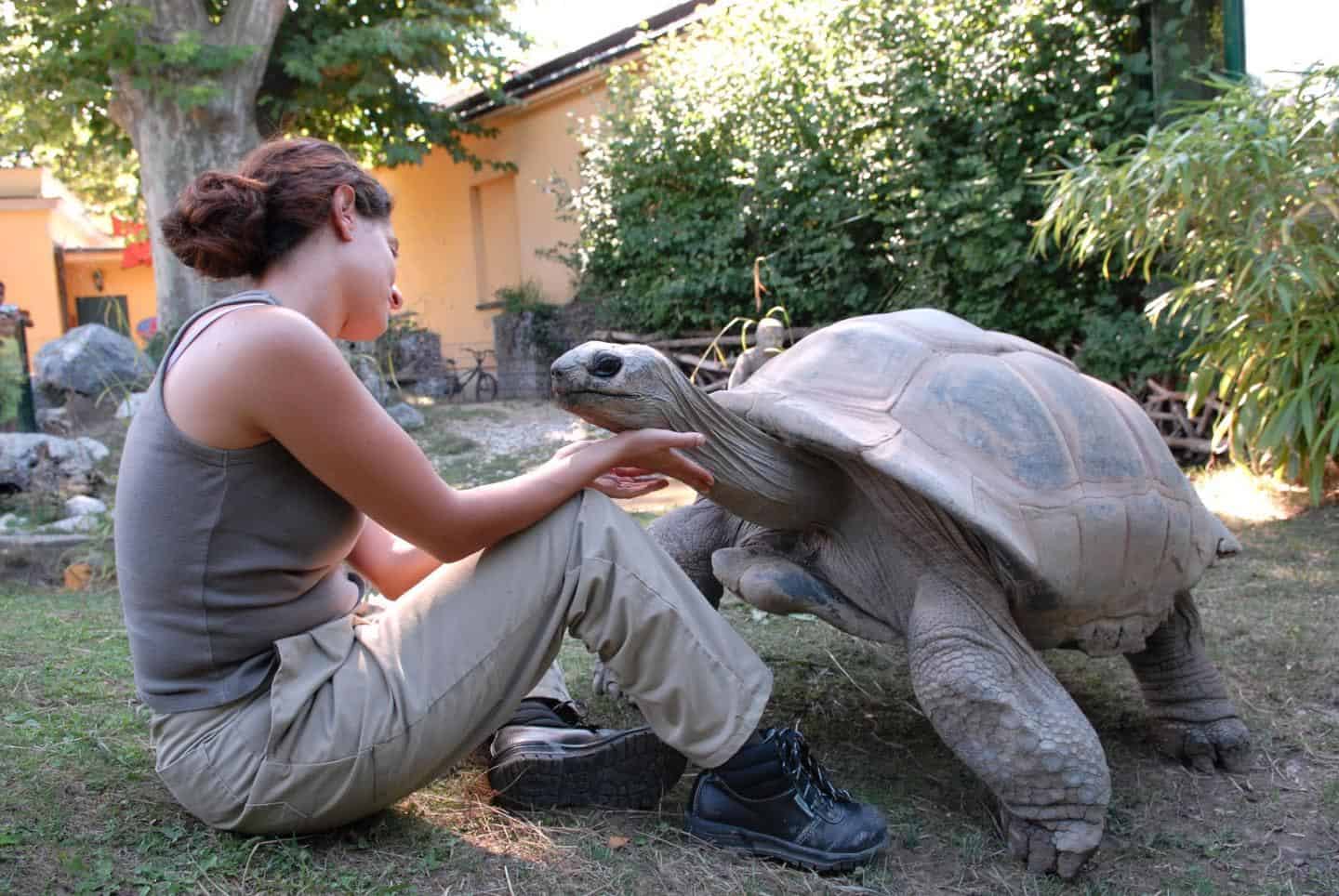The Ultimate Guide to Preventing Tortoise Shell Pyramiding: Tips and Tricks
Tortoise shell pyramiding is a condition that affects the shell of a tortoise, causing it to develop a pyramid-like shape rather than the smooth, rounded appearance it should have. This condition is often caused by improper diet and nutrition, as well as inadequate habitat and environmental conditions. When a tortoise’s diet lacks essential nutrients, such as calcium and vitamin D3, its shell can become weak and prone to deformities.
Additionally, if a tortoise does not have enough space to move around and exercise, its shell may not develop properly. It is important for tortoise owners to understand the causes and potential consequences of shell pyramiding in order to prevent and address this condition in their pets.
Shell pyramiding can have serious health implications for tortoises. A pyramid-shaped shell can be more prone to injury and infection, as well as cause discomfort and mobility issues for the tortoise. In severe cases, shell pyramiding can even lead to organ damage and other internal health problems. It is crucial for tortoise owners to be aware of the signs and symptoms of shell pyramiding, such as raised, bumpy, or uneven shell growth, and take proactive measures to address the underlying causes of this condition. By understanding the importance of proper diet, nutrition, habitat, and environmental conditions, tortoise owners can help prevent shell pyramiding and ensure the overall health and well-being of their pets.
Proper Diet and Nutrition for Tortoises
Proper diet and nutrition are essential for maintaining the health and well-being of tortoises. A balanced diet that includes a variety of leafy greens, vegetables, fruits, and occasional protein sources is crucial for providing the essential nutrients that tortoises need to thrive. Calcium and vitamin D3 are particularly important for maintaining strong and healthy shells, as well as overall bone health.
Tortoises should have access to a calcium supplement, such as cuttlebone or calcium powder, to ensure they are getting enough of this vital nutrient. Additionally, providing a source of UVB lighting is essential for allowing tortoises to properly metabolize calcium and vitamin D3.
It is important for tortoise owners to research and understand the specific dietary needs of their particular species of tortoise, as different species may have different nutritional requirements. Overfeeding or providing an unbalanced diet can lead to obesity and other health issues in tortoises, so it is crucial to monitor portion sizes and food choices carefully. By providing a varied and nutritious diet, tortoise owners can help prevent shell pyramiding and other health problems in their pets.
Enclosure and Habitat Considerations
Creating a suitable enclosure and habitat for a tortoise is essential for promoting its health and well-being. Tortoises require a spacious and secure enclosure that allows them to move around freely and engage in natural behaviors, such as digging, basking, and exploring. The enclosure should be large enough to accommodate the size and activity level of the tortoise, with plenty of hiding spots, basking areas, and substrate for burrowing. It is important to provide a safe and enriching environment that mimics the tortoise’s natural habitat as closely as possible.
The substrate in the enclosure should be appropriate for the species of tortoise, providing a comfortable and natural surface for walking, digging, and burrowing. Tortoises also require access to clean water for drinking and soaking, as well as a shallow dish for bathing. It is important to regularly clean and maintain the enclosure to prevent the buildup of waste and bacteria that could lead to health problems for the tortoise. By providing a suitable enclosure and habitat, tortoise owners can help prevent shell pyramiding and ensure the overall health and happiness of their pets.
Importance of UVB Lighting and Heat
UVB lighting and heat are essential for maintaining the health of tortoises. UVB lighting is necessary for allowing tortoises to properly metabolize calcium and vitamin D3, which are crucial for maintaining strong and healthy shells. Without access to UVB lighting, tortoises may develop deficiencies in these essential nutrients, leading to a variety of health problems, including shell pyramiding. It is important for tortoise owners to provide a source of UVB lighting in their pet’s enclosure, ensuring that the light reaches all areas where the tortoise spends time.
In addition to UVB lighting, providing appropriate heat sources is important for maintaining the overall health and well-being of tortoises. Tortoises require access to a warm basking area where they can regulate their body temperature and digest their food properly. The ambient temperature in the enclosure should also be maintained within a suitable range for the species of tortoise, with cooler areas available for the tortoise to retreat to if needed. By providing adequate UVB lighting and heat sources, tortoise owners can help prevent shell pyramiding and ensure the overall health of their pets.
Regular Exercise and Enrichment Activities
Regular exercise and enrichment activities are important for promoting the physical and mental well-being of tortoises. Tortoises require opportunities to move around, explore their environment, and engage in natural behaviors in order to stay healthy and happy. Providing a spacious enclosure with plenty of room for the tortoise to move around freely is essential for promoting regular exercise. Additionally, offering enrichment activities such as hiding spots, climbing structures, and toys can help keep the tortoise mentally stimulated and engaged.
Tortoise owners can also provide opportunities for their pets to exercise outside of their enclosure by allowing them to explore safe outdoor spaces or providing supervised time for them to roam freely indoors. Engaging in regular exercise can help prevent obesity and other health problems in tortoises, as well as promote strong muscles and bones. By incorporating regular exercise and enrichment activities into their pet’s daily routine, tortoise owners can help prevent shell pyramiding and ensure the overall health and happiness of their pets.
Monitoring and Maintaining Proper Humidity Levels
Proper humidity levels are important for maintaining the health of tortoises. Tortoises require a certain level of humidity in their environment in order to stay hydrated, maintain healthy skin and shells, and support proper respiratory function. The specific humidity requirements for a tortoise will depend on its species and natural habitat, so it is important for tortoise owners to research and understand the specific needs of their pet. Monitoring humidity levels in the enclosure with a hygrometer can help ensure that they remain within an appropriate range.
In addition to monitoring humidity levels, it is important for tortoise owners to provide opportunities for their pets to access moisture through soaking or misting. Providing a shallow dish of water for drinking and soaking can help ensure that the tortoise stays properly hydrated. It is also important to regularly clean and maintain the enclosure to prevent the buildup of mold or bacteria that could lead to respiratory problems or skin infections in the tortoise. By monitoring and maintaining proper humidity levels in the enclosure, tortoise owners can help prevent shell pyramiding and ensure the overall health of their pets.
Consulting with a Reptile Veterinarian
Consulting with a reptile veterinarian is essential for ensuring the health and well-being of tortoises. Regular veterinary check-ups can help identify any potential health problems early on and provide opportunities for preventative care. A reptile veterinarian can also offer guidance on proper diet, nutrition, habitat, environmental conditions, and other aspects of caring for a tortoise. If a tortoise develops shell pyramiding or other health issues, a reptile veterinarian can provide a diagnosis and treatment plan tailored to the specific needs of the individual animal.
In addition to regular veterinary care, it is important for tortoise owners to be proactive about seeking out information from reputable sources on proper care practices for their pets. This may include consulting with experienced reptile breeders or joining online forums or social media groups dedicated to tortoise care. By staying informed about best practices for caring for tortoises and seeking out professional veterinary guidance when needed, tortoise owners can help prevent shell pyramiding and ensure the overall health and well-being of their pets.
Conclusion
In conclusion, understanding the causes and potential consequences of shell pyramiding in tortoises is crucial for preventing this condition and promoting overall health in these unique reptiles. Proper diet and nutrition, suitable enclosure and habitat considerations, access to UVB lighting and heat sources, regular exercise and enrichment activities, monitoring proper humidity levels, and consulting with a reptile veterinarian are all essential components of caring for a healthy tortoise.
By prioritizing these aspects of care, tortoise owners can help prevent shell pyramiding and ensure that their pets live long, happy lives.



